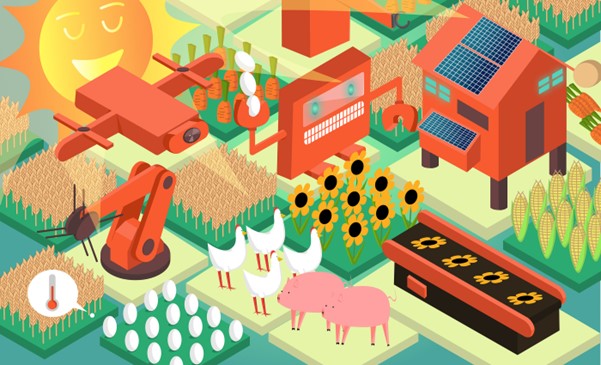Agriculture is regarded as the birthplace of human civilization. Food sustainability then, as now, was dependent on growing farming operations and technologies to satisfy rising demand and consumption.
The global population is expected to reach 9.7 billion people by 2050, making it the largest population it has ever been! This means that feeding people through traditional farming alone, has never been more difficult. This also means that we would have to try and incorporate plant based alternatives in our diet and switch to more sustainable farming techniques.
Product variety has increased dramatically in recent years. While vegetarian and vegan specialised products were formerly considered an outlier, they are today more common than ever!
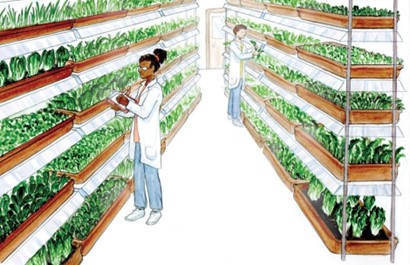
Today, this growth is mostly being driven by a pretty wide target group: ‘flexitarians,’ or those who deliberately aim to minimize their intake of animal products without completely eliminating them from their diets.
As demand for such items has grown, supermarkets have begun to adapt, and include an increasing number of plant-based options in their aisles. Plant-based meat and dairy replacements have emerged as the most popular product group in this process.
Why are more people, regardless of diet, purchasing more plant-based foods than ever before?
Companies, NGOs, and communities have a lengthy number of justifications, ranging from personal and global health benefits to favorably impacting climate change through individual food choices.
Interviews with industry experts, and customers demonstrate that the causes are varied. Some of the causes are health reasons, sustainability, animal welfare, curiosity, taste preferences, religious reasons, trends and fashion.
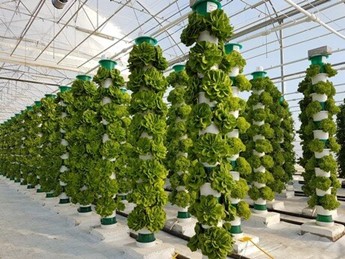
What is vertical farming?
Vertical farming, as the name suggests, uses structures to grow crops vertically in indoor facilities.
Growing indoors achieves various goals, including a regulated setting in which farmers are no longer at the whim of the weather – something that would have seemed amazing to the first farmers. This controlled environment enables more accurate application of technologies to promote improved efficiency, and uniform quality in food production.
Vertical farms use less water and fertilizer and do not require pesticides. Vertical farms can be single-story or multi-story structures with multiple levels of climate-controlled space used to cultivate a variety of crops.
Some food safety measures used in traditional farm settings might deplete the nutritional content of different types of vegetables. Washing leafy greens in a chlorine bath, for example, decreases their nutritious content.
Vertical farms cultivate food indoors in climate-controlled conditions, so operations like chlorine baths are unnecessary, preserving more of the plant’s nutrition.
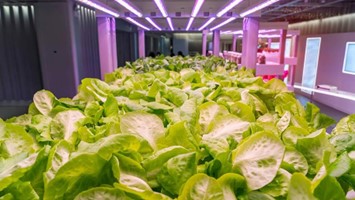
How vertical farming helps to increase food sustainability?
The United Nations’ Sustainable Development Goal 2, Zero Hunger by 2030, appears to be falling short of global nutrition targets.
Vertical farming can help farmers grow more nutritious foods with fewer chemicals and fertilizers, and closer to densely populated areas. As we’ve seen with most other supply chains since 2020, food supply chains are delicate.
When only specific climate zones can support cultivating certain crops that are in great demand globally, supply networks become stretched, necessitating extra shipping and facilities. This results in increased carbon emissions and a larger overall carbon footprint.
Operating indoor vertical farms allows for the relocation of precisely controlled indoor climates to practically any location on the planet.
Vertical farming makes the best use of natural resources to enhance crop output, quality, and availability. It also helps to increase food equity. When healthier foods become less expensive to farm and supply chains reach traditionally underprivileged neighbourhoods, healthy food options become more accessible and inexpensive.
Shorter distances, less cleaning and preservation processes that degrade the nutritional value of foods, and ultimately, reduced manufacturing and shipping costs make healthier foods more inexpensive, and accessible to populations that had little or no access to these food options, previously.
Investors that recognise the potential to increase food sustainability, and security have backed vertical farming during the last decade. And, as more consumers become concerned about the environmental impact of the things they purchase, firms must respond with sustainable business models.
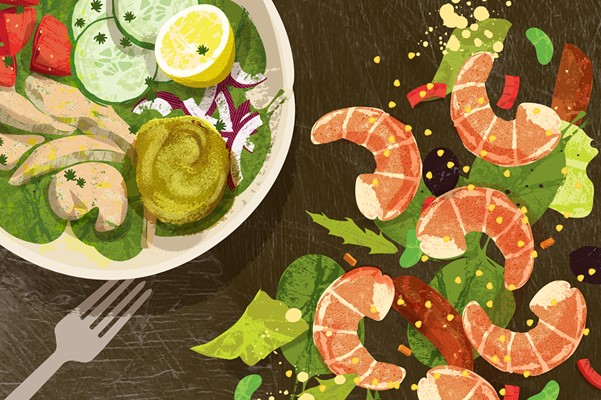
Examples of Vertical Farming:
Vertical farming has evolved from a curiosity to a serious effort to addressing some of the challenges that global agriculture has in feeding a growing population.
Walmart and others have invested in Plenty, a vertical farming firm that produces pesticide-free leafy greens. Plenty’s greens will be available in Walmart shops in California.
&ever, a vertical farming enterprise situated in Hamburg, Germany, is another example.
The company is dedicated to producing food using less fertilizer, less water, and no pesticides. To accomplish this, &ever drives food production innovation by utilising technologies- like the internet of things, machine learning, and cloud-based computing.
&ever maximises yield, nutritional content, and availability of its food by employing sensors that continuously gather real-time data from every aspect of the vertical farm, from temperature, humidity, air quality, and airflow, to soil quality, and water use.
Finally, increasing efficiency, using less resources such as water, and growing food closer to consumers helps to lower production and supply chain costs, as well as increased freshness, nutritional content, and access to healthy foods, all while; decreasing environmental effect.
With so much on the line, vertical farming promises a brighter future.
Written by- Anvesha Tiwari
Edited by- Kushi Mayur

